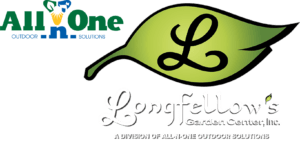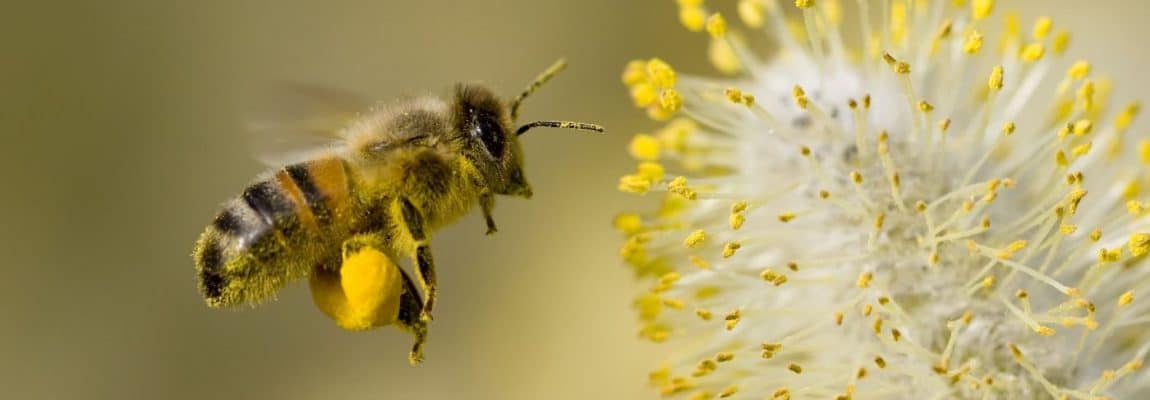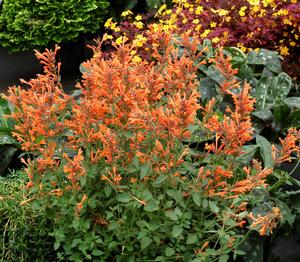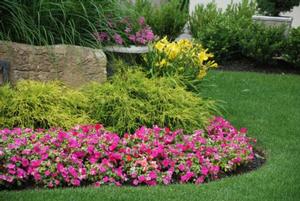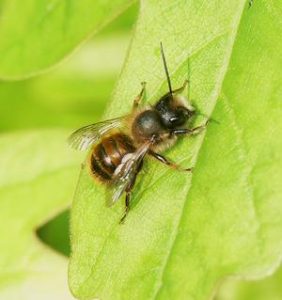
The decline of bees and other pollinating insects has been in the news for years. What you can do about it is what’s really important!
Hey, there is a way to help those bees!
Designating June 18-24 as National Pollinator Week is one way to catch the attention of homeowners and gardeners. Planting more of the plants that these pollinators live on will offer the biggest impact in insect numbers.
So…what are pollinator plants? Annuals, perennials, shrubs and trees that offer pollen and nectar to birds and insects that, in turn pollinate our food crops more efficiently and increase the populations of these invertebrates.
Any open-faced flower will be easy access to all types of bees, butterflies, and moths. Consider all of the daisy-type flowers as good pollinator plants, like coreopsis, coneflower, gaillardia, asters, and black-eyed susans. Yarrow, garden phlox, lavender, butterfly bush, agastache, and catmint are also on top of the list, as are most native plants (like mountain mint, evening primrose, penstemon, horsemint, and liatris).
Shrubs and trees can add to this pollinator list. Natives like wahoo, haw, winterberry, ninebark, and beautyberry. Fruit bearing woody plants like Serviceberry and Winterberry feed song birds that do their share in the pollination of various food crops.
Another great source of information about the insects and wildlife known as “pollinators” is the Xerces Society. Here is a link to their website. https://xerces.org/
Let’s help the birds, bees, and butterflies…. so they can help us!
